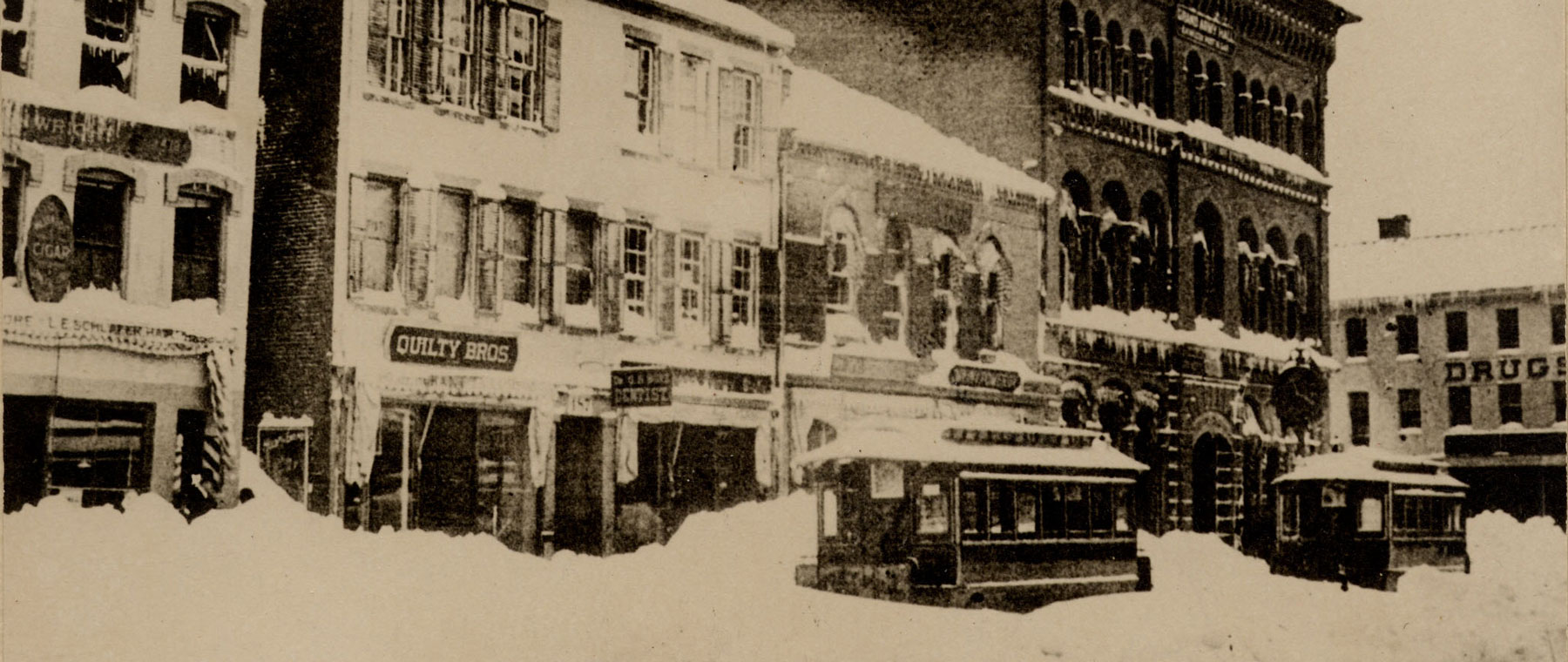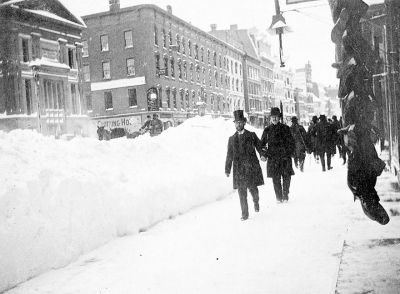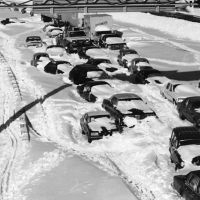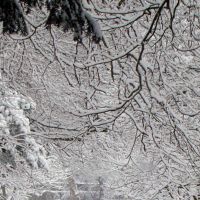Primary Source
From Mrs. Harriet Richardson of Hadley, Massachusetts, to Clifton Johnson
Monday March 12, 1888
...Not cold, but blowing a gale, and snowing abundantly. Tumultuous enough to be quite joyous and exhilarating.
Tuesday, March 13
The storm soon became so violent that all pleasure in it gave way to dread, and anxiety for the safety of those in our family exposed to its fury... At two in the afternoon, the two milk sleighs, with two horses each attached, came slowly wallowing into the back yard, horses and men completely covered with clinging snow and both well nigh exhausted. Of course all the force of the place was at their service, the men at the barn to care for the horses, sleighs and [milk] cans, the women at the house to remove frozen, snow laden clothing, rub chilled feet and hands, administer hot coffee and dinner, with various other necessary ministrations. They had left town at eleven, and been three hours on their way home, having lost their way and wandered a while in Fort Meadows Swamp.
Clifton Johnson Collection, Amherst Town Library Special Collection








